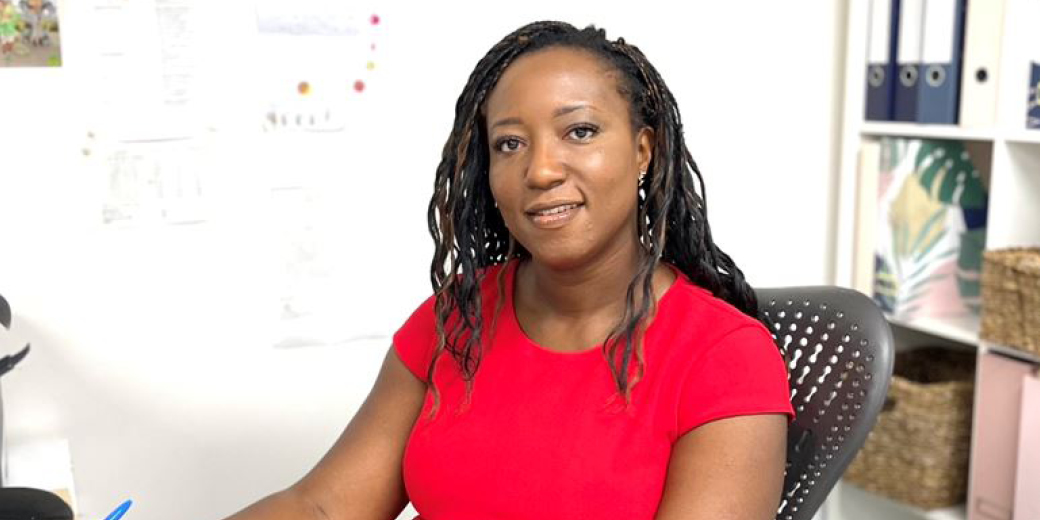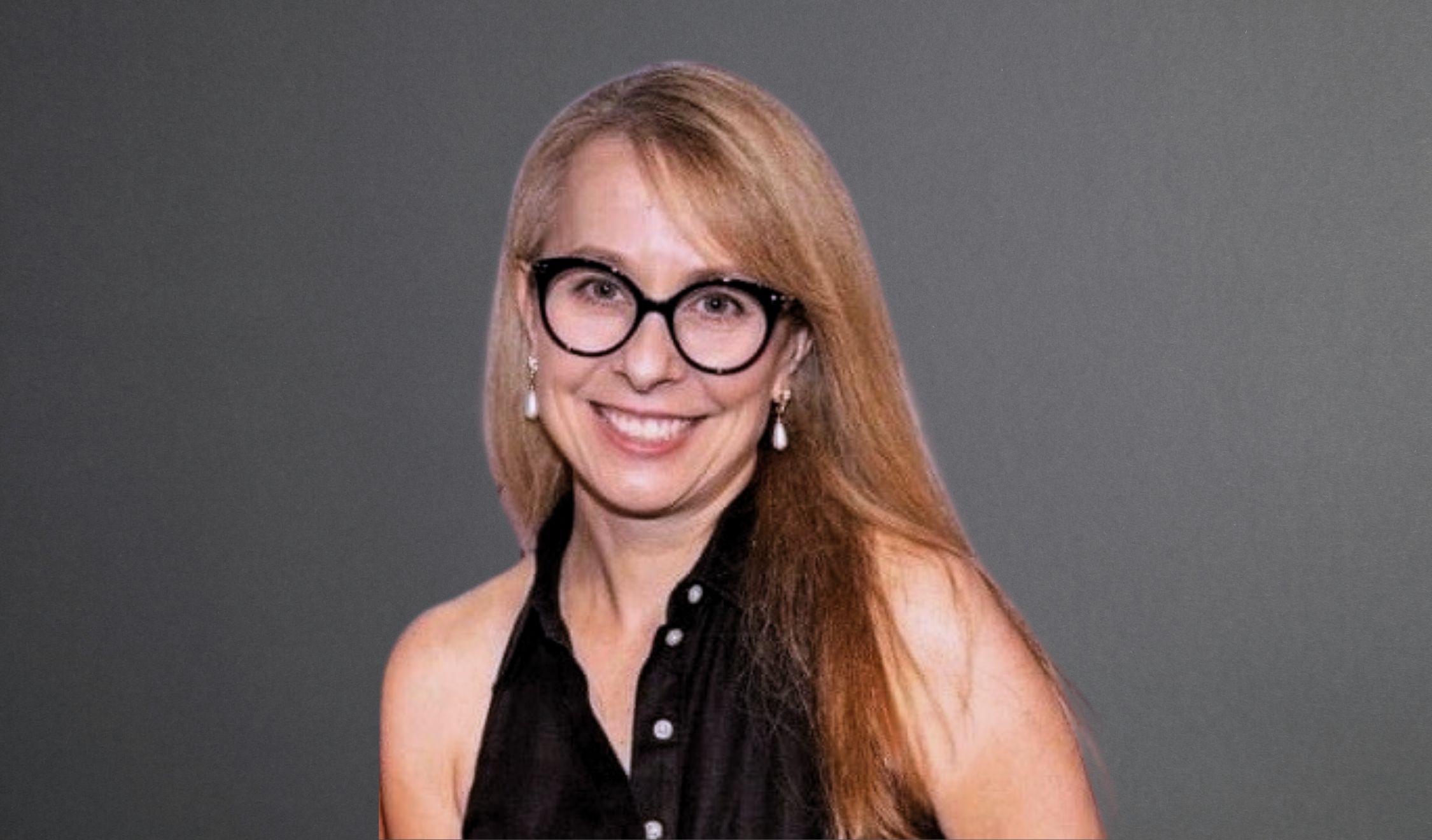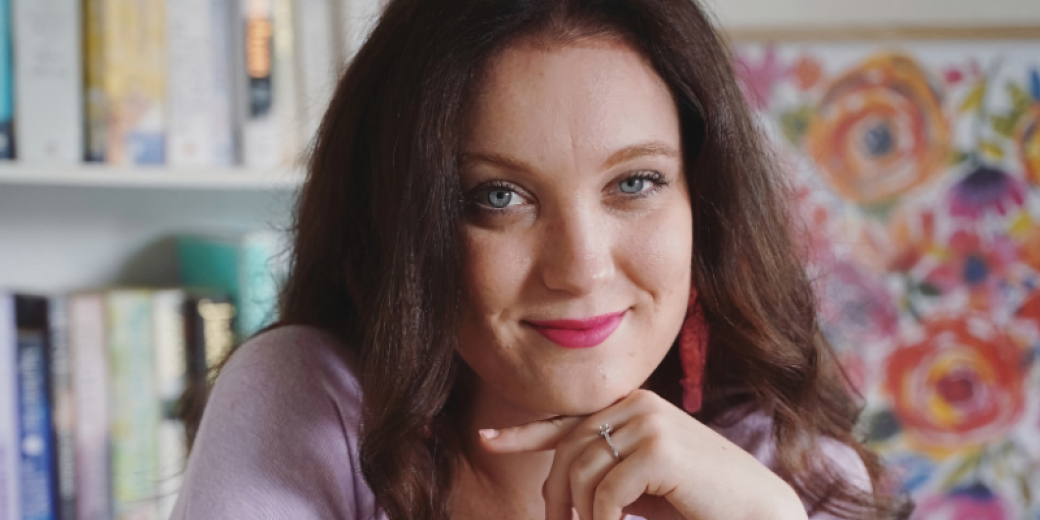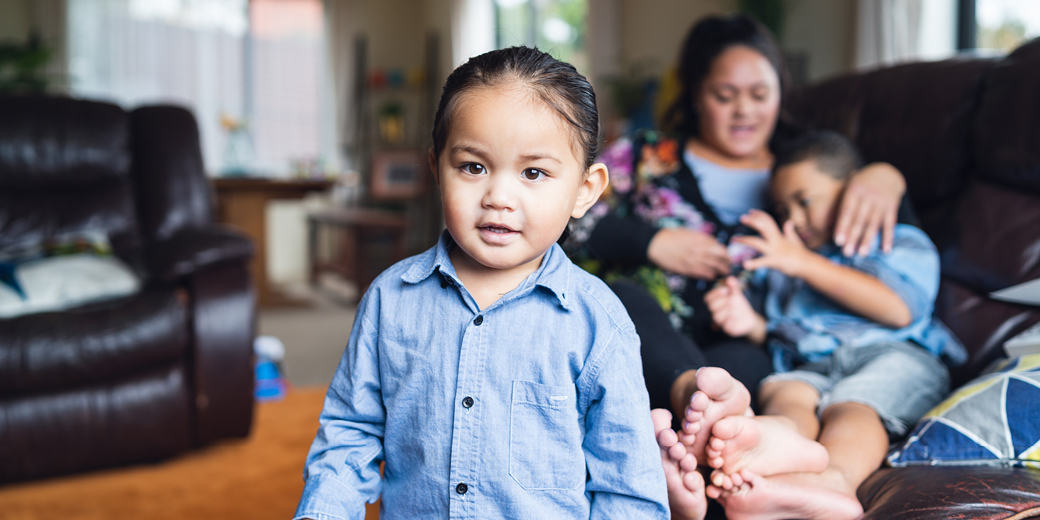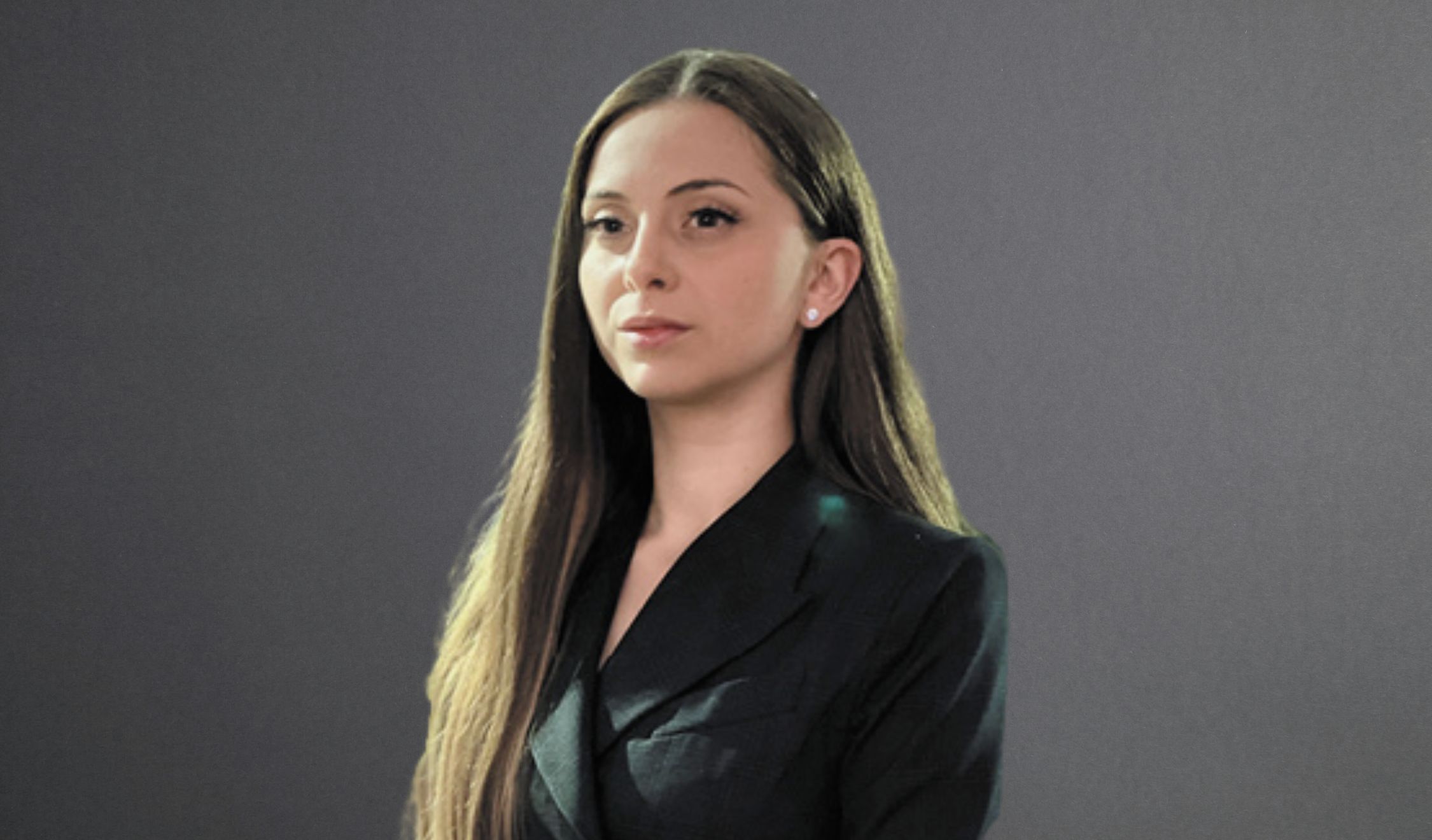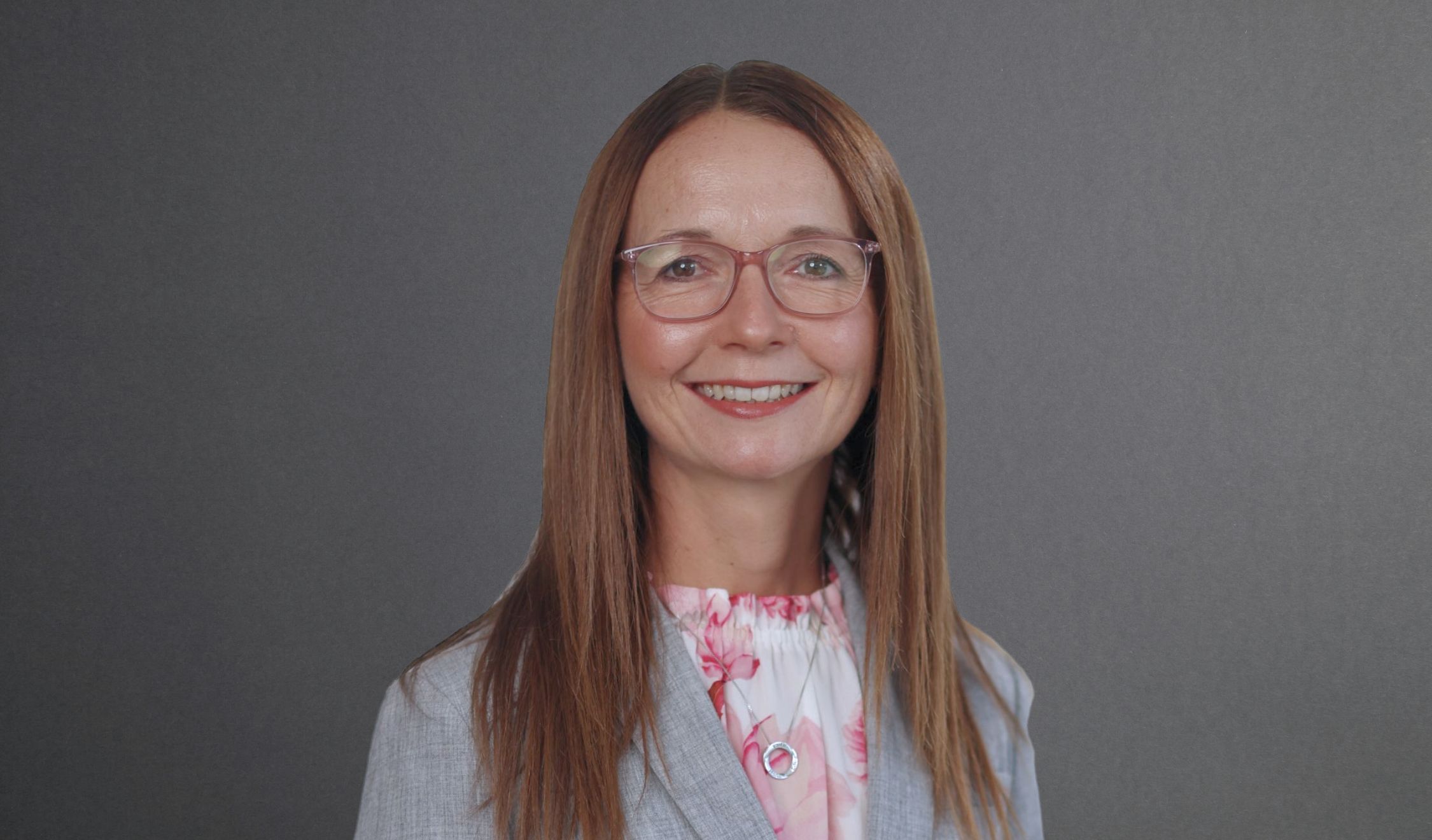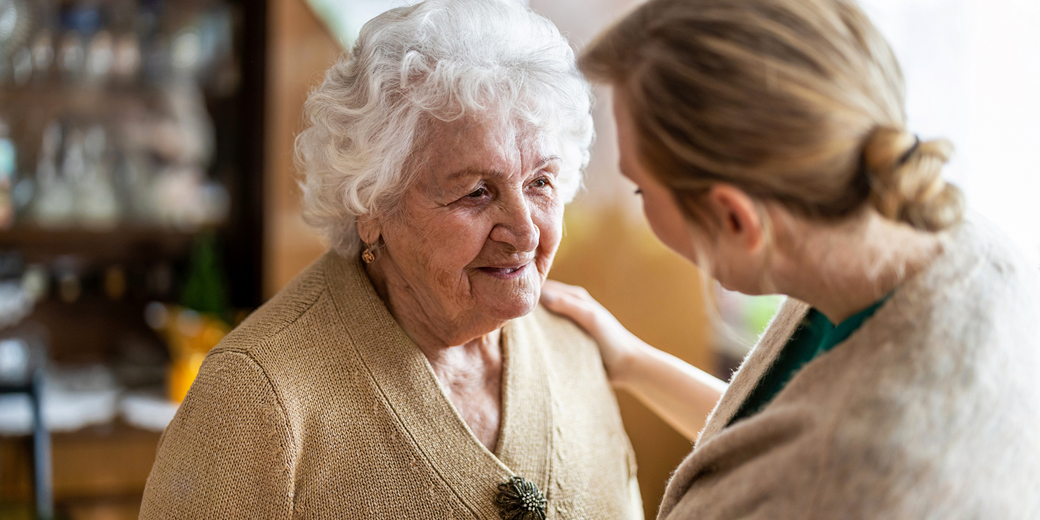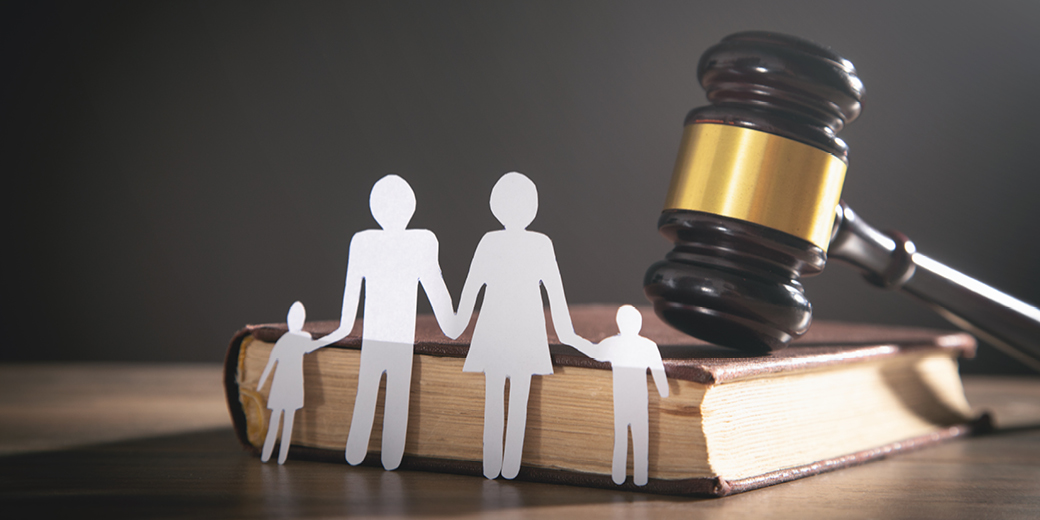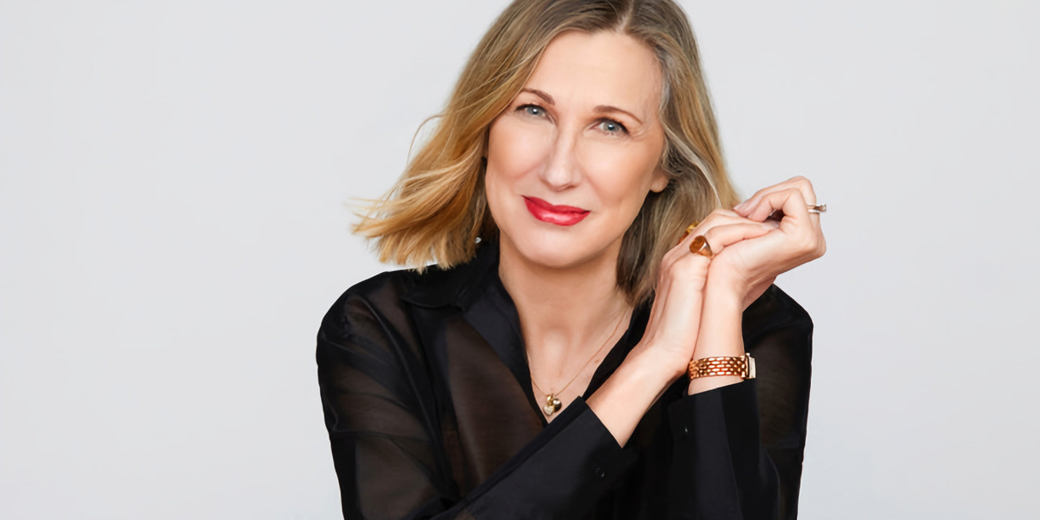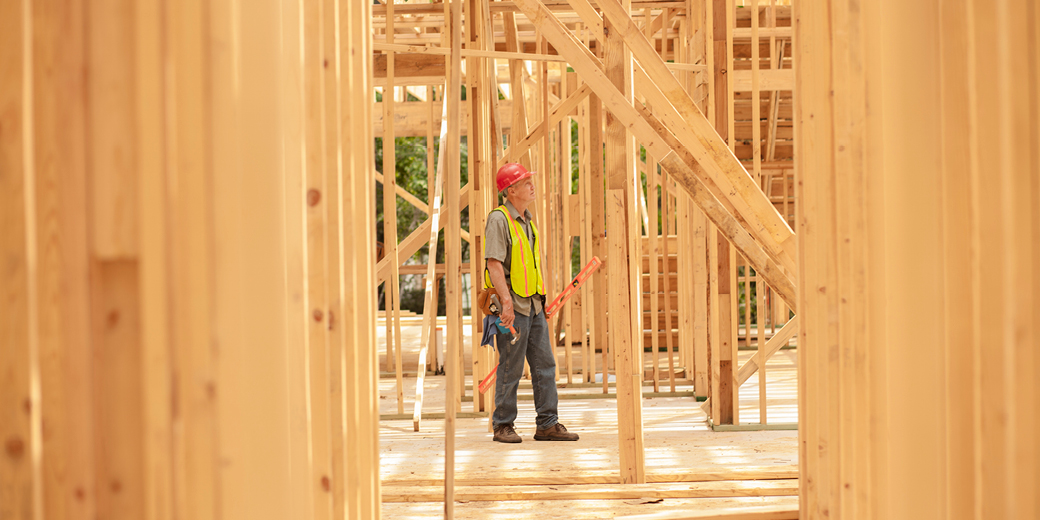Bias and age-based discrimination remains an issue in the workforce, despite legal protections. In this article, we delve into the intricacies of age bias claims and elder abuse with Tilé Imo, Associate Director of Caxton Legal Centre. Imo, a recipient of the Queensland Law Society's 2022 Emerging Leader Award, brings his expertise in family, domestic violence, and elder law to bear on this critical topic.
We explore the evolving legal landscape, effective strategies for litigating age discrimination cases, and the emerging trends that lawyers need to be aware of to best serve their clients.
Recognising unlawful discrimination
“Discrimination laws still have some way to go in recognising discrimination from an intersectional lens,” Tilé notes. “Regardless, it is important for us to acknowledge that when it comes to human rights and discrimination, that marginalised communities, and in particular, Aboriginal and Torres Strait Islander communities, bear the most significant structural discrimination.”
According to the Australian Government, ‘older people’ or ‘seniors’ are classified as people over the age of 65. These classifications come through the ABS, or through social security or aged care eligibility.
“It’s important to recognise the diversity of such a broad cohort,” Tilé says. “People in their 60s can have completely different needs and general experiences to people in their 80s.”
Layer on race, disability, gender and other intersections, and this can lead to significantly different - and at times, severe - experiences of discrimination. In other words, ‘intersectionality’ - or multiple forms of discrimination experienced by an individual.
“It is important to note that not all forms of discrimination is unlawful,” Tilé says. “It is usually only unlawful when it happens in an area of public life covered by legislation and comes with various defences or exceptions.”
According to Tilé, unlawful discrimination is broadly categorised as:
- Direct discrimination: When a person treats another person worse than when they treat others in similar circumstances, because of their protected attribute. For example, ‘we do not want to hire older people or promote older people’.
- Indirect discrimination: When a person unreasonably imposes a requirement or a rule, which seems fair and neutral, but which causes real detriment to some people because of their protected attribute. For example, everyone is expected to climb the stairs at work but certain people, such as older people, may not be able to do so due to their age.
Older people can experience discrimination in a number of ways:
- Employment: Ageism in hiring practices, being passed over for promotions, or being forced to retire prematurely.
- Services: Difficulty accessing services due to a lack of technological familiarity or because services aren't designed with their needs in mind. For example, complicated online forms. The Australian Digital Inclusion Index tells us that there’s a growing digital gap for older people. This is not to mention the limited resourcing of services for vulnerable older people.
- Healthcare: Age-based assumptions about their health can lead to inadequate care or their concerns being dismissed. Despite there being a presumption of capacity generally at law, older people often have to contend with ageist attitudes.
- Elder abuse: Family violence in relation to seniors and older people is prevalent with Australia’s first National Elder Abuse Prevalence Study in 2020 finding that one in six older people reported experiencing some form of elder abuse, most commonly by their family members.
- Social isolation: Ageist stereotypes can lead to social exclusion and a sense of isolation.
When ‘overqualified’ becomes code for ‘too old’
“Age discrimination can be unconscious but identifiable by virtue of our anti-discrimination and human rights laws,” Tilé explains.
Age discrimination can occur in the workplace.
“By overlooking experienced workers, companies may be missing out on valuable human resources and practice wisdom,” Tilé says. “Experience brings skills, institutional knowledge, and diverse perspectives. A multi-generational workforce can be much stronger than one focused on a single age group.”
“The case of Gutierrez v MUR Shipping Australia Pty Limited [2023] FCA 399 set a new high watermark for age discrimination cases. In this case, Mr Gutierrez was required to retire at 65 because of a company policy even though he was able and keen to do his job. He was originally awarded $20,000 in damages but successfully appealed to increase damages to $90,000 for general damages and $142,0000 for economic losses.”
>
Ageism
The underlying driver of age discrimination, often described as unconscious, is ageism.
“Ageism is discrimination, stereotyping or prejudice against a person or a group of people based on age without any evidence base,” Tilé says. “For older people, this form of discrimination can lead to isolation, shame, and abuse. It is widespread but often invisible or unconscious. It can warp our perception of older people and ageing and have profound negative impacts on our personal experience of growing older.”
Tilé urges us to call out ageism when we see or hear it, as ageism impacts our self-esteem, quality of life, job prospects, health, and a sense of control over our life decisions.
“Changing the social norms that underpin negative attitudes and behaviours towards ageing and older people is critical to reducing ageism,” Tilé says. “It is important to recognise our own inclinations to infantilise and disempower older people.”
“Ageism enables us as individuals to trivialise or minimise a story of discrimination from an older person and dismiss complaints. Many of us have internalised ageism and we are conditioned to believe that if bad things happen to us, they are an inevitable part of ageing. This internalised rhetoric can be a risk factor for discrimination.”
The impact of ageism in our communities
“Ageist attitudes in the community mean that older people are perceived to be less deserving or, incapacitated, or in need of protection,” Tile says. He explains that Justice Connect explored what is arguably the worst form of age discrimination, elder abuse in its report, ‘A health justice partnership to address elder abuse’.
This report explored the impact of elder abuse as follows:
- Depression and anxiety
- Psychological harm
- Declining physical health compounded by a decrease in resources available for healthcare
- Increased mortality
- Relocation to an aged care facility
- Fear and lack of trust
- Poverty and homelessness
- Behavioural problems
The World Health Organisation describes elder abuse as a ‘... violation of human rights and a significant cause of injury, illness, loss in productivity, isolation and despair’.
Older People, Equity, Respect and Ageing (OPERA) was a project between Eastern Community Legal Centre and Swinburne University.
“During the project, older community members were asked how a world would look where older people feel safe, valued, and respected,” Tilé says. Here is what this group said:
- Where everyone is afforded, respected, and valued beyond their economic value
- A holistic approach to health and wellbeing
- Society and services that look after the most vulnerable community members
- Courageous conversations that normalise and embrace ageing
- Being more community minded rather than focussing on individuals.
“World Elder Abuse Awareness Day is recognised each year on 15 June,” Tilé says. “It is important that we each take time to learn about this form of family violence by visiting compass.info. In Australia, the National Elder Abuse Prevalence study found that one in six older people have reported experiencing some form of elder abuse, and mostly from their adult children. This is an endemic that we all have a role to prevent and stop.”
It is vitally important lawyers are cognisant of legal red flags that could be a sign of elder abuse. These could be:
- older people going through separation and divorce later in life but where there is a long-term history of family violence, or inter-generational abuse or violence
- where an older person has not received independent legal advice before signing a guarantee for a loan, or a loan, of which they will receive no benefit from
- assets for care situations where an older person is transferring the title of their home and only asset for care. In these latter circumstances, family agreements may be crucial
- setting up enduring documents that are not personalised to include some of their personal wishes, and also where you may have identified family conflict with the potential attorney
- issues with Centelink paid carers, who are not providing care
- medical separation where a spouse may become unwell and have impaired capacity
What do lawyers need to know?
According to Tilé, one of the key ethical codes that applies is rule 8.1 of the Australian Solicitors Conduct Rules (ASCR).
"This rule states that a solicitor must follow a client's instructions, as long as those instructions are lawful, proper, and competent,” Tilé says.
“Before seeing an older client, identify your client,” Tilé suggests. “Is your client the older person, their adult child, their Attorney or Guardian/Administrator, or litigation guardian? This is important to establish, particularly where you are supposedly giving independent advice.”
“The next logical step is to then meet the client independently and in the absence of others. Often older people may want an adult family member or support person with them. If so, think about the pros and cons and ensure they understand legal privilege.”
Tilé noted that strong interpersonal skills can help in this space. Here is what he suggests:
- Know your community, and where you are. For example, whether you’re based in metro/regional/remote will impact your language, service delivery and practice
- Build relationships and connections with your client
- Be inquisitive and learn from your client, centring them as the experts of their lives
- If possible, meet where the client is comfortable
- Have a trauma informed practice. Resources like the Trauma-Informed Organisational Toolkit may assist.
- Having an understanding of ageism, racism, sexism, intersectionality and similar issues.
Tilé encourages lawyers to adopt a human rights-based legal practice by thinking about your role as a lawyer through the “PANEL” principles:
- Participation – how do you know what is best for your clients? Are you seeing them independently?
- Accountability - aim to have a reflective practice. This may be achieved by building your own critical consciousness on things like age, race, gender, etc, and being curious about what steps you can take to push against your own unconscious biases and be proactively anti-ageist, anti-racist and so forth.
- Non-discrimination – ensuring you are not treating your client differently because of their age or making assumptions about their capacity, noting we broadly have a presumption of capacity in Australian jurisdictions.
- Empowerment – ensuring your client can access your services, utilising hearing aids or interpreters. Asking yourself: how do you know they understand your advice? This may involve moving away from conversations where you might say, ‘It’s ok, I’ll do it, just trust me’, towards ‘I’m thinking about something, but I wanted to check it out with you first. Let me explain and tell me what you think’, or, ‘I’ll do whatever you instruct me or tell me to do’, towards, 'I'll know you've made an informed choice, when you can tell me what all your options are’.
- Legality – this could include your ethical obligations as a lawyer, or your role as a referrer and important touchpoint for your client. Are you linking your clients with appropriate non-legal support, such as, financial counselling or planning, emotional supports, to a GP or other supports. It may also be that as a lawyer, you are identifying the gaps or areas of law where reform is needed, and you choose to take an active role towards law reform or policy change.
The information provided in this article is current as at 30 May 2024, noting that there are pending changes to Queensland’s antidiscrimination legislation.
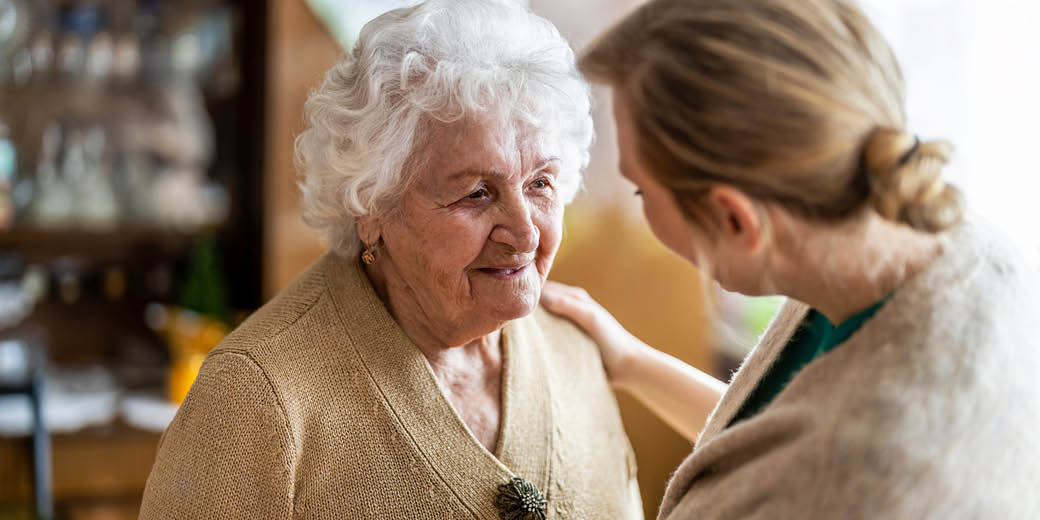















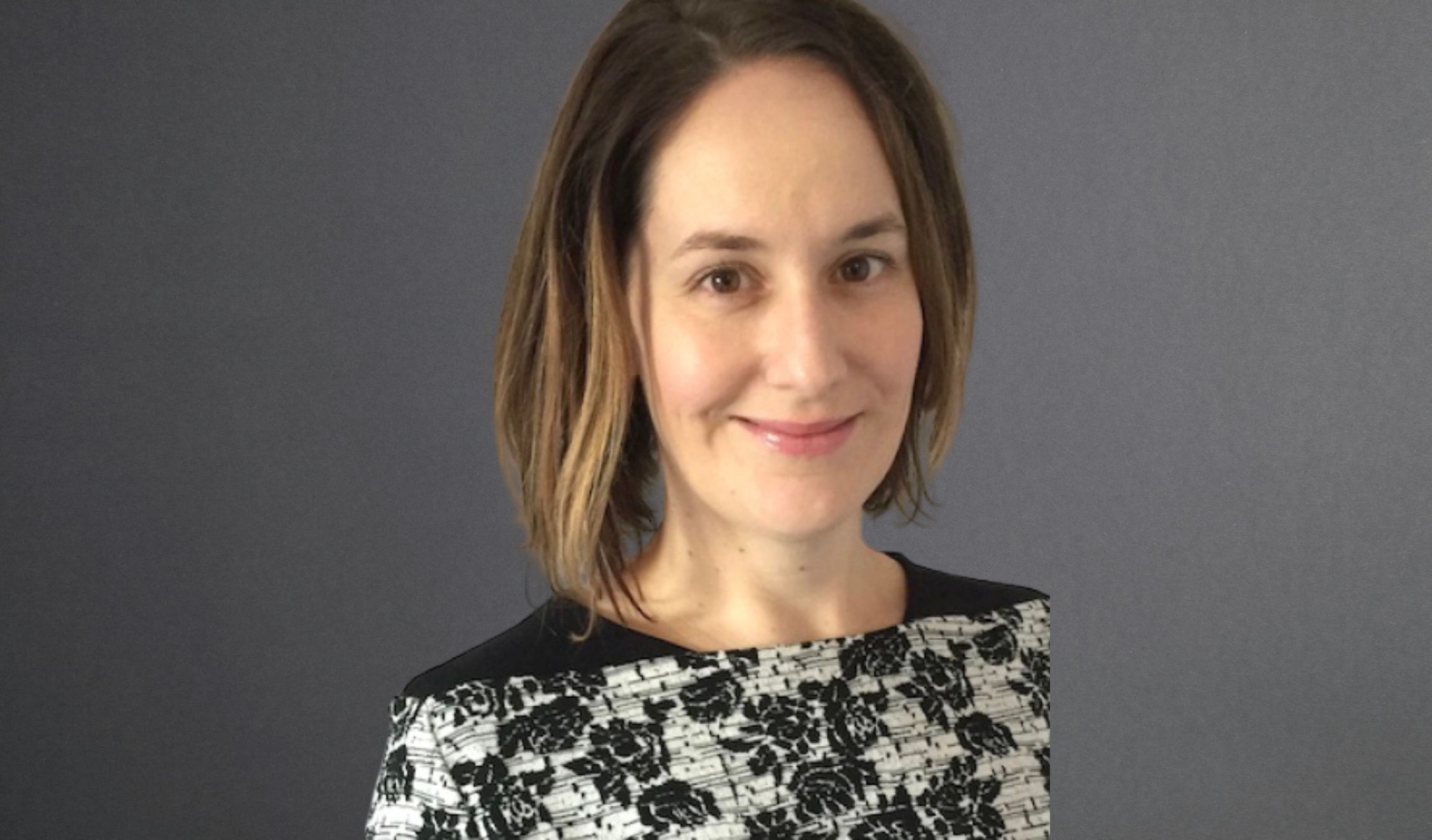









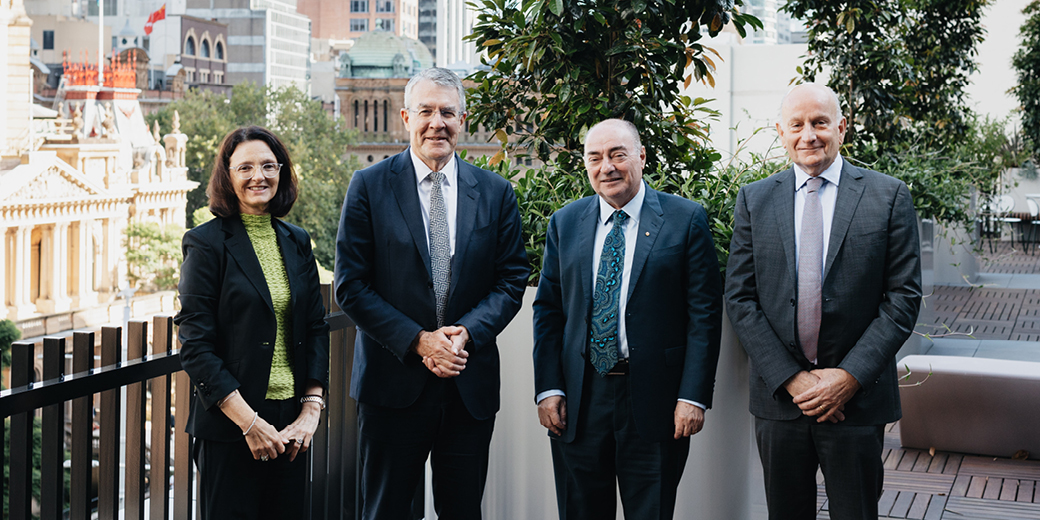













![How to handle Direct Speech after Gan v Xie [2023] NSWCA 163](https://images4.cmp.optimizely.com/assets/Lawyer+Up+direct+speech+in+drafting+NSW+legislation+OCT232.jpg/Zz1hNDU4YzQyMjQzNzkxMWVmYjFlNGY2ODk3ZWMxNzE0Mw==)










